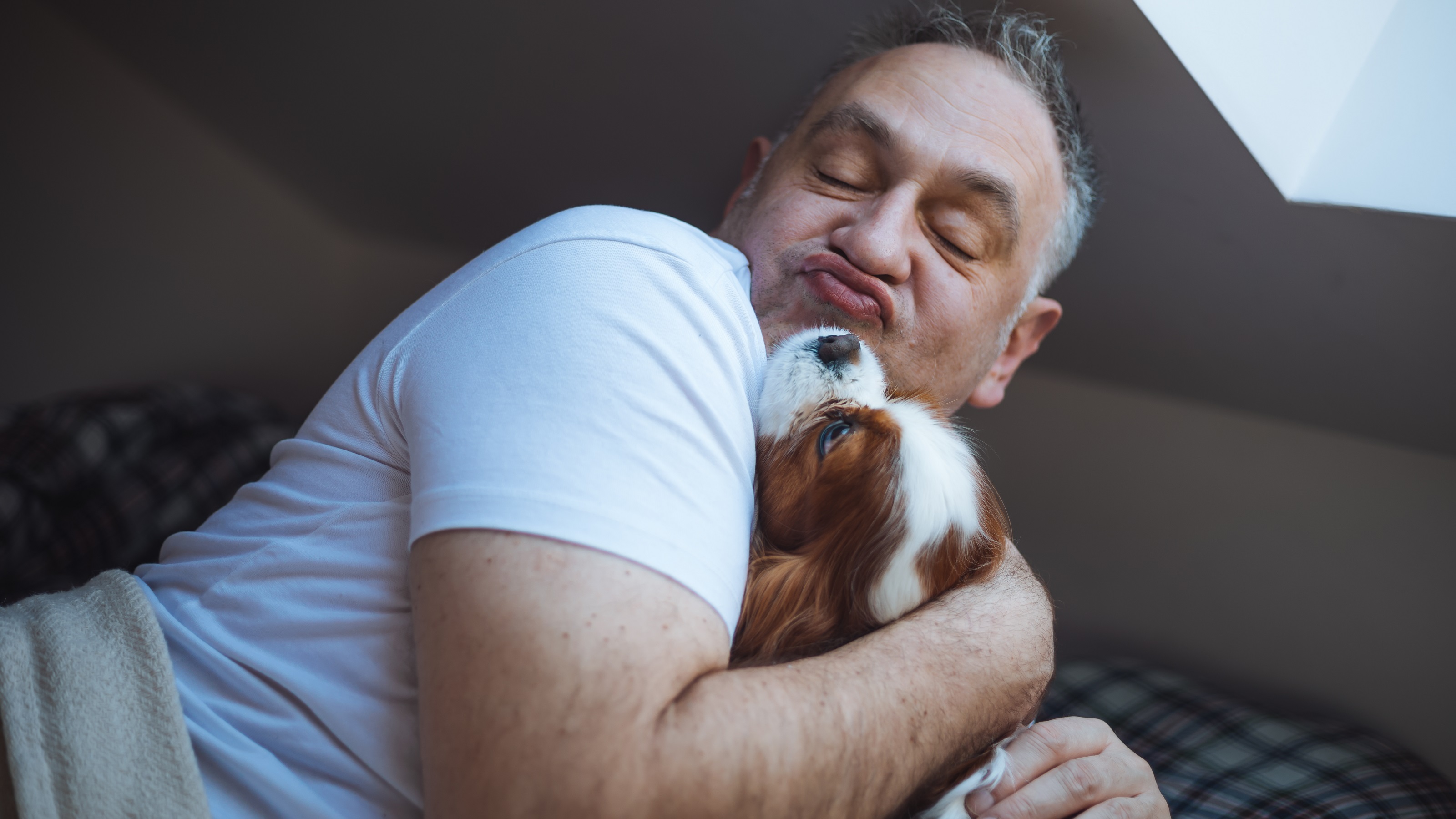
February is Responsible Pet Owners Month. Suppose you’re considering owning your first pet. In that case, you should know that it can be a wonderful experience — but it’s important to consider the responsibilities and financial implications before welcoming that pet into your home.
There are several categories of costs involved in owning a pet, including the initial cost of buying all the necessary pet-related gear, monthly costs for ongoing food and other needs, regular veterinary costs and unpredictable expenses such as medical treatment. The cost of owning a pet can vary depending on the type of pet you choose, along with its size, age and health status.
For example, owning a larger dog can cost more than owning a cat or small mammal such as a guinea pig or rabbit. But if you’re considering adopting a small dog, annual expenses will be roughly comparable to owning a cat.
Dogs are the most popular pet in the U.S.
My family and I are the proud owners of a 5-year-old pug named Charity. While she’s an indelible part of our family, we had to do our research before we adopted her to ensure we were financially able to care for her properly throughout her life.
The cost of owning a dog can include the initial cost of buying it, along with purchasing a dog bed, toys, leash, collar, microchip and other necessary items. Ongoing costs include annual vet checks, vaccinations, treatment to prevent parasites, food, pet treats, training sessions, grooming, pet insurance and more.
If you want to go on vacation, you may need to find a dog hotel/kennel or dog sitter — which can be expensive.
Other considerations: Do you need to fence in your yard? Or do you work full time out of your home and need the services of a dog walker? In some countries, it is also mandatory to have insurance for potential damages if you own a dog.
Cats are second in popularity (but don’t tell them that!)
By comparison, the cost of owning a cat can include the initial cost of buying the cat, food and water bowls, scratching post, litterbox, cat bed/basket and toys.
The ongoing costs of owning a cat include annual veterinary care — health checks, vaccinations, treatment to prevent parasites, dental care, etc. Food and treats must be factored in as well — and don’t forget cat litter.
Considering all the implications
Owning a pet can be a highly rewarding experience, and that pet can become a highly valued member of your family. But just like entering into any important relationship, you need to consider the commitment required. You should take the time to consider all the implications before deciding to bring a pet home. The ongoing cost of owning a pet can range from a few hundred dollars to several thousand dollars each year or more, depending on the type of pet you choose and the situations you encounter.
Budgeting is critical both before you take ownership of your new pet and while they’re part of your family. Once you have a handle on your estimated costs to care for your new pet, you should include those costs in your household budget to ensure that you have sufficient cash flow.
You may also consider creating and funding a savings account equal to six to 12 months of your expected monthly pet-related expenses before bringing home your new pet. That way, you can be financially prepared to deal with any higher-than-expected out-of-pocket expenses that may come your way, such as a sudden illness.
Acquiring pet insurance is another significant way to defray your financial commitment to caring for your pet. Policies come in a wide range of costs and benefits, so please take the time to research and identify the best plan for your family. You can assume that there will be an ongoing monthly or annual premium alongside a deductible and co-insurance amounts you will be responsible for.
However, it may prove to be a way to save you a significant amount of money to provide medical care for your pet. If you’re unsure how to begin your search, discuss it with your veterinarian to see if they can guide you on which pet insurance providers they have experience with and can recommend.
With some advance and ongoing financial planning, you can ensure that you can meet the needs of your animal companion and provide them with a happy and healthy life.







